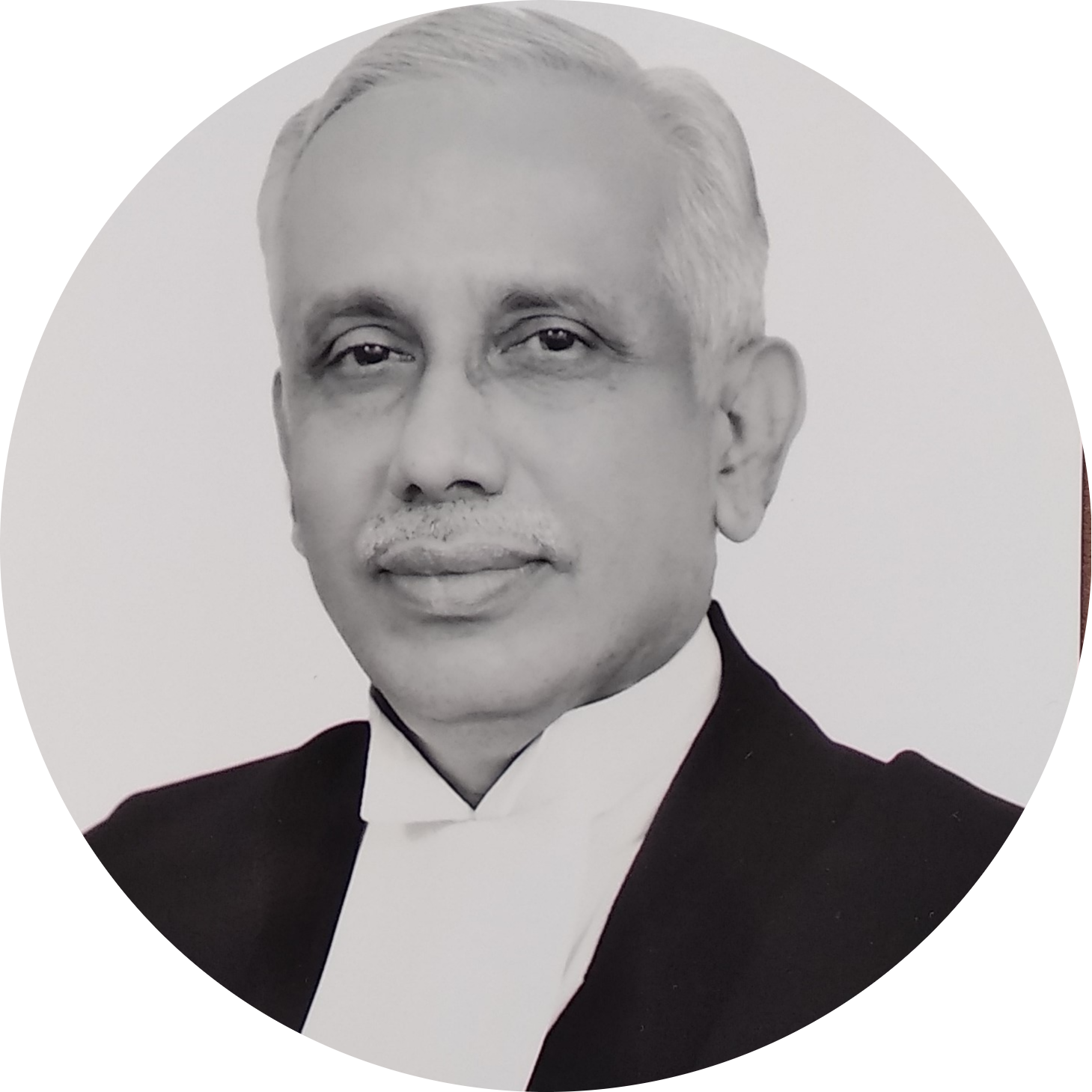Challenge to Union’s 2016 Demonetisation Scheme
Vivek Narayan Sharma v Union of India
The Supreme Court upheld the Union's 2016 demonetisation scheme in a 4:1 split. The majority held that the scheme was proportionate to the the Union's stated objectives and was implemented in a reasonable manner.
Decided
Parties
Petitioners: Vivek Narayan Sharma
Lawyers: Vivek Narayan Sharma (petitioner in person)
Respondent: Union of India
Lawyers: Tushar Mehta; K.M. Nataraj; N. Venkataraman
Case Details
Case Number: WP (C) 906/2016
Next Hearing: October 12, 2022
Last Updated: May 31, 2023
Key Issues
Did the demonetisation scheme abide by the provisions of the Reserve Bank of India Act, 1934?
Did the limits on withdrawing cash violate the Rights to Equality and Livelihood?
Was the scheme implemented in an unreasonable manner that violated the Rights to Equality and Livelihood?
To what extent can the SC review a scheme relating to the fiscal and economic policy of the government?
Case Description
On November 8th, 2016 the Union government issued a notification declaring that all ₹500 and ₹1000 notes were no longer legal and valid currency, and discontinued their circulation. This measure was called ‘demonetisation’. The Union claimed that this would curb the circulation of black money—undeclared and illegally obtained income—and begin the shift to a ‘cashless’ society. Section 26 of the Reserve Bank of India Act, 1934 gives the Union the power to declare that specific currency notes are no longer legal.
In the weeks following the demonetisation announcement, citizens rushed to their nearest bank to exchange their newly invalid currency and withdraw cash from their accounts. This sudden onslaught of people placed a strain on the banking system, despite the limits placed on the amount of currency one could withdraw.
Lines of people waiting for hours on end outside banks and ATMs short on cash became a regular sight. The Reserve Bank of India (RBI) restricted District Cooperative Central Banks, meant to provide banking access in rural areas, from exchanging demonetised currency. As a result, the cash-dependant agriculture sector was perhaps the most affected by the demonetisation scheme, worsened by a sharp fall in demand for crops resulting in lower prices.
On November 9th, 2016, the day after the demonetisation announcement, advocate Vivek Narayan Sharma challenged the constitutionality of the scheme and the manner of its application at the Supreme Court. The case was heard by a 3-Judge Bench comprising Chief Justice T.S. Thakur, and Justices A.M. Khanwilkar and D.Y. Chandrachud.
On December 16th, 2016 the Bench ordered a stay on all High Court challenges to the demonetisation scheme and transferred the cases to the Supreme Court. In the same Order, they referred the challenges to the scheme to a 5-Judge Constitution Bench.
The Bench laid out a series of issues for the Constitution Bench to deal with:
- Does the demonetisation scheme abide by the provisions of the Reserve Bank of India Act, 1934?
- Do the limits on withdrawing cash violate the Rights to Equality and Livelihood?
- Was the scheme implemented in an unreasonable manner which violated the Rights to Equality and Livelihood?
- To what extent can the SC review a scheme relating to the fiscal and economic policy of the government?
Many other petitions challenging the demonetisation scheme have been filed at the SC since the case was referred to a Constitution Bench. These petitions have been tagged with the main challenge to the scheme but the case was not heard until 2022.
A 5-Judge Constitution Bench led by Justice Abdul Nazeer and comprising Justices B.R. Gavai, A.S. Bopanna, V. Ramasubramanian, and B.V. Nagarathna heard the case on September 28th, 2022. Justice Nazeer commented that the case may have become outdated since it was first filed.
On January 2nd, 2023, the Constitution Bench, in a 4:1 split, upheld the Union’s 2016 demonetisation scheme. Justice B.V. Nagarathna gave a dissenting opinion.
